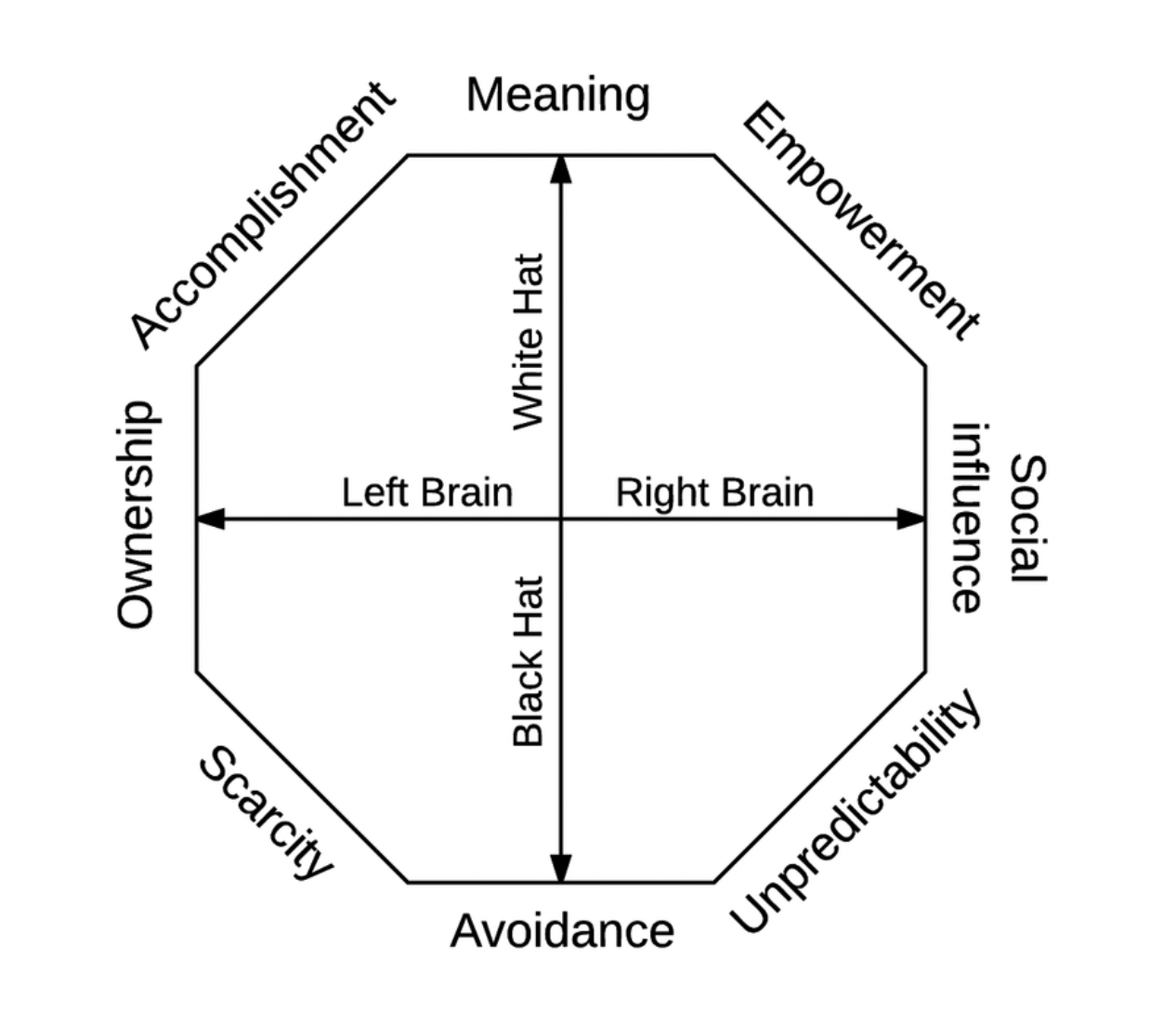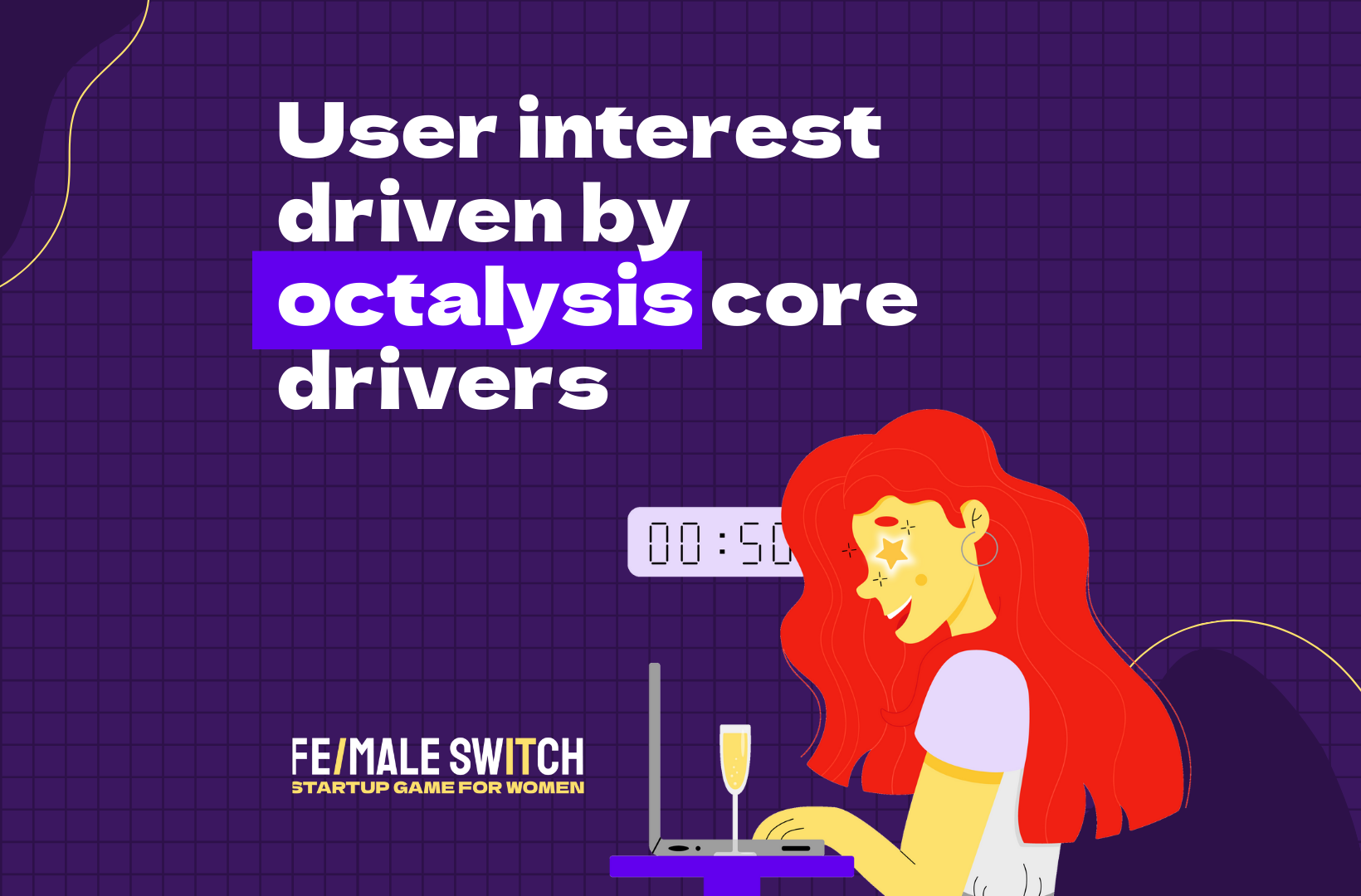Now, how come we feel so excited about performing ordinary activities as buying coffee, learning languages, and keeping ourselves fit? The answer is by turning them into games. Or, at least, by adding some game elements to them. That is what gamification does.
Looking to apply for EU Funding? Check out the article on writing a successful application here.
How game elements improve productivity
The very concept of gamification is not new, but it was only in the 21st century when society started shifting from process-focused design to human-focused design where the motivation and user experience were placed above pure efficiency.
Managers, teachers, and researchers use gamification to increase user participation and dive deeper into learning new digital skills, test their strategies in business simulation games, improve consistency on their way to long-term goals like weight loss, or simply encourage them to provide additional personal data like Facebook or LinkedIn do.
To put it straight, gamification is a process of injecting elements of play into non-gaming activities. This allows users to distract from negative aspects of routine or boring tasks and spark their motivation to things they otherwise would happily give up.
What drives user interest when they play games
Gaming is a huge market that grows exponentially and there are countless games out there luring users in with great visual effects and cool mechanics. A lot of them are good, some become legendary, but the majority are doomed to tumble into oblivion. Why? Because they are boring as hell.
Points, badges, and leaderboards, or PBL elements, may add the spirit of competition and drive a better work-life integration to real-world tasks (even the extremely boring ones) but they won’t do any good when implemented randomly.
Yu-Kai Chou, a Taiwanese-American entrepreneur, and researcher of the gamification phenomenon, took an attempt to explain why people play games and, more importantly, why people enjoy them. He figured out that different games use a combination (or at least one) of eight different motivational principles which he called the Core Drivers.

The Octalysis Framework. Source: researchgate.net
Octalysis Core Drivers
Each Core Driver explains why users would voluntarily accept the rules and limitations of a game, become engaged, and spend time in the game.
- Epic Meaning makes players believe in a great cause that drives their actions. This manifests when people feel themselves at the very center of a great adventure (the Witcher), devote a lot of their personal time to contribute to the community of their favorite game (EVE: Online), build epic modes (TES V: Skyrim) or, speaking of non-gaming activities, contributing to a Reddit thread.
- Accomplishment is what drives people to develop their skills, conquer trophies, and overcome challenges. The latter is especially important since no victory is meaningful if there were no challenges on the way. Most hardcore games like Dark Souls and competitive online shooters like Fortnite exploit this particular Core Driver. It also makes you keep that learning streak in Duolingo or have fun during your first startup experience, despite all the difficulties you might face on that path.
- Empowerment drives user engagement to create something new or generate different outcomes using the same initial instruments. On top of that, users need to witness the results of their actions and receive feedback. This Core Driver represents the evergreen mechanics that do not necessarily require adding new content to stay interesting, like drawing, writing, composing music… or playing LEGO.
- Ownership is a driver that motivates users to constantly improve what they have and crave for more. This principle nurtures our passion to accumulate wealth, collect stuff like stamps, bottle caps, paintings, or spend endless hours on grind hoping that the next defeated mob will drop an epic piece of equipment. Dedicating a lot of time to customizing user profiles in the startup game of Fe/male Switch also increases that sense of possession.
- Social Influence is all about the human-to-human interactions, including both positive (mentorship, companionship, social response) and negative aspects (envy, betrayal, aggressive competition). If your friends are good at something, you may use their help to overcome difficulties or become motivated to improve your skill. This Core Driver motivates each gamepreneur in the Fe/male Switch Startup Simulator to interact with other players, for teams, and benefit from it during the in-game journey. It also makes us want things and visit places we feel connected to, like the theme park from our childhood or that awesome weekend in the city of our dreams.
- Scarcity makes us want something only because we don’t have access to it right now. Luxury goods released in limited quantities and appointment dynamics used by many casual mobile games also use this Core Driver to make users constantly think of your product. This sparked the explosive growth of NFTs and fueled Facebook’s popularity at the very beginning of its journey to the throne of know-everything-about-you megacorp with billions of users all over the world.
- Unpredictability is what drives our brains to constantly work calculating opportunities of what is going to happen next based on the data available at the moment. A good example is playing chess - even the most powerful computer cannot predict all possible moves. That is why we want to finish a book, watch a movie till the end, or wait impatiently on a new episode of our favorite TV show.
- Avoidance is a core driver that represents the reluctance to bad things happening to us. The most obvious example is avoiding losing all progress on ending up with a negative balance in startup game simulation. This core driver is used in entrepreneurship and represented by the fear of missing fading opportunities that is widely used across multiple crowdfunding campaigns on Kickstarter or online retailers offering discounts for a limited time.
Balancing motivators to create unique experience
The Core Drivers are placed in the octagon shape not just because it looks cool. There is another reason for that. If you take a closer look, you will notice that motivators on the left side of the figure are associated with logic and calculation. Those are Extrinsic Motivators which make you want to obtain something, whether it is an item, resources, or any achievable goal.
On the right side of the octagon, accordingly, you will find Intrinsic Motivators, which do not require a goal or any form of material reward. These motivators presume that the engagement in the process itself to be a reward like expressing your creative nature, socializing with friends, or feeling the thrill and suspense.

Source: reserarchgate.net
But wait, there is more! The upper side of the figure is all about positive motivators, or so-called White-Hat Gamification. They push you further, make you feel you’ve got the power to master any skill and to overcome any difficulties.
The Black-Hat Gamification motivators at the bottom of the octagon exploit our fears of losing something, feeling a constant shortage of resources, or not knowing what is going to happen next.
But don’t think of them as something 100% good or bad. Just like the white-hat motivators make you believe in yourself and your skill, the black-hat motivators are here to put your skills to the test.
Main challenges when implementing game elements
Despite all the advantages game elements may offer, they alone cannot guarantee your success. Neither do they act as a dash of magic sprinkles that will make people love your product or cover all the glitches and bad design.
Users forced to interact with your product because they have no choice will only seek an excuse to abandon it as soon as they get an alternative. To capture their attention, make sure to make them engage with your product not because they have to, but because they want to.
So make sure you keep the following information in mind when incorporating the gamification elements into your product:
- Motivate – not manipulate. Enable users to have fun when doing mundane tasks, but avoid forcing them to do things they don’t want to.
- Mind the balance. Do not sacrifice the purpose of your product to the features you want to implement. No matter how cool they are, sometimes enough is enough.
- Make a good product. Game elements won’t bring you any success if your solution is not good per se. Unless it is a game you are working on.
Before applying gamification elements to your product, don’t forget to experience it from a user perspective. Does the environment you develop your product for will benefit from the challenge-oriented approach? Maybe you should let users create a sandbox of their own and empower cooperation? Gamification is all about a unique experience and finding the right combination of different types of motivators may greatly improve your product.
If you want to build your own solution join the Fe/male Switch startup game! Don't want to wait and ready to start learning now? Join our Startup School and get access to our startup building knowledge base.


